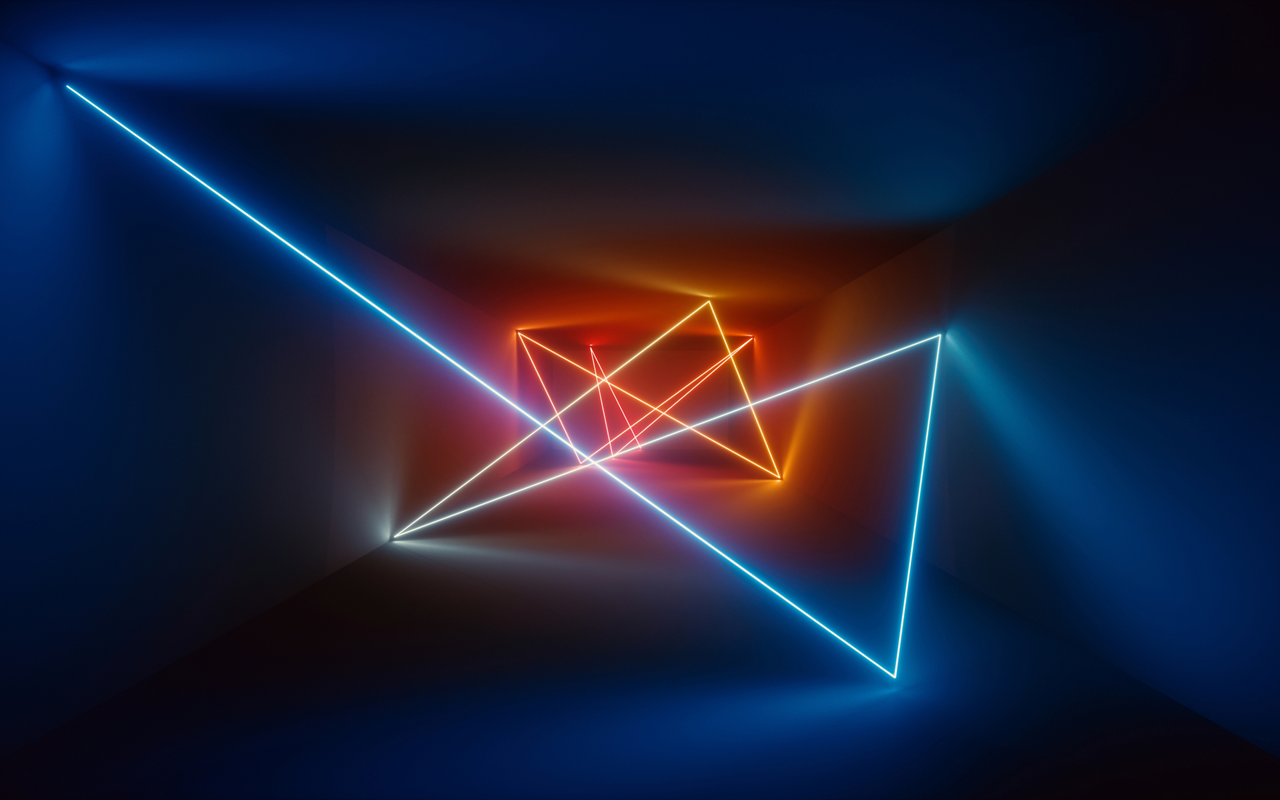stc
The Nature of Light
Physics demonstrations | 2nd grade of Gymnasium, 2nd grade of Lyceum

Required, call 210 9469641, Monday to Friday, 9:30-16:30
60 minutes
The dates and times shown are indicative and can be altered upon request in advance. Any science experiment demonstration can be arranged to take place between Monday and Friday from 09:00 to 15:00.
120 students
3nd grade of Gymnasium, 2nd grade of Lyceum (only for school groups)
Introduction to the fundamental concepts of the physics and nature of light.
3rd Grade of Gymnasium
What is light? How do we see the world around us? Do material objects have color? How do light and matter interact? How are shadows formed? Is there light that our eyes cannot perceive? How does light interact with matter? What is white light?
The purpose of this science show is to introduce students to the fundamental concepts of the physics of light. In more detail students become familiar with the concepts of reflection, refraction, diffusion, total internal reflection, visible spectrum and color, lenses and mirrors. In addition, students are introduced to infrared and ultraviolet radiation and are encouraged to make connections between science, technology and everyday phenomena and applications.
Topics Covered
-Rectilinear propagation of light
-Reflection
-Refraction Diffusion
-Total internal refraction
-Scattering
-Visible spectrum
-Newton’s prism experiment
-How we perceive colour?
-Is colour an inherent property of material objects?
-Infrared and ultraviolet radiation lenses and mirrors (3rd grade of Gymnasium and 2nd grade of Lyceum)
-Lenses and mirrors
2nd Grade of Lyceum
What is light? What is the speed of light? How does light interact with matter (reflection, refraction, diffusion, diffraction, interference, absorption)? Does color exist? Is there light our eyes cannot perceive? What is the electromagnetic spectrum? Can we detect infrared and ultraviolet light? Is light a wave or a particle?
The objective of this physics demonstration is to introduce students to the nature of light and electromagnetic radiation and to demonstrate the interaction between light and matter. Furthermore, it aims to introduce students to the quantum mechanical concept of the dual nature of light.
Topics covered
-Rectilinear propagation of light, reflection, refraction, diffusion, absorption
-Visible spectrum
-Electromagnetic spectrum
-Infrared radiation
-Ultraviolet radiation
-Frequency and wavelength
-Transverse waves and wave interference
-Wave nature of light
-Particle nature of light
Objectives
-Introduction to fundamental concepts of the physics of light, the properties and nature of light and its interaction with matter.
-Demonstrate complex concepts in a simple and understandable way.
-Develop critical thinking.
-Familiarize with concepts of modern physics.
-Make connections between science and technology.
-Make connection between physics and everyday life phenomena.
stc


